Professionals and farmers in Huong Khe (Ha Tinh) are implementing measures to restore flooded orange and grapefruit gardens.
Many grapefruit gardens in Phuc Trach are stained yellow-gray with mud and are starting to wither.
Just a few days after the flood, the consequences were evident in many specialty grapefruit gardens of the people of Huong Trach commune (Huong Khe). Many trees were no longer green but now tinged with the gray-yellow color of mud, starting to wither. According to a report by the People's Committee of Huong Khe district, the flood in late October and early November caused 536 hectares of fruit trees to be submerged. Of these, 500 hectares of Phuc Trach grapefruit and 36 hectares of various oranges were concentrated in the communes of Huong Trach (90 hectares), Loc Yen (85 hectares), Huong Xuan (35 hectares), Phu Gia (15 hectares), Huong Thuy (115 hectares), Gia Pho (30 hectares), Huong Giang (17 hectares).
Mr. Pham Duong Lanh (Tan Thanh village, Huong Trach commune) said in a daze: "My family has 250 Phuc Trach grapefruit trees, of which more than 200 were flooded, some were flooded more than 2m deep. When the flood receded, we focused on cleaning the house, not having time to treat the grapefruit garden, as a result, hundreds of trees lost their leaves and withered."
Mr. Pham Duong Lanh (Tan Thanh village, Huong Trach commune) quickly restored his grapefruit garden.
We are now urgently learning how to care for and detoxify the plants. District and commune experts have also come to the garden to help with the treatment. However, according to the assessment, we can only hope to save about 50% of the area.
Professional staff deployed propaganda and provided guidance on measures to restore grapefruit gardens after floods.
Currently, the District Center for Application of Science and Technology and Protection of Plants and Livestock is urgently focusing on propaganda and guiding households growing Phuc Trach grapefruit to grasp technical measures to limit harmful fungi and take care of grapefruit gardens according to technical procedures after floods.
Engineer Nguyen Thi Bich Hong guides farmers on remedial measures.
Engineer Nguyen Thi Bich Hong - an officer at the center said that when the fruit garden is flooded, the soil will lack oxygen; the soil contains many toxins and fungi that thrive and harm the roots.
When the root system is damaged, it creates conditions for fungi to invade and cause root rot, yellow leaves, and sap flow. However, the treatment method and types of pesticides that need to be used for fruit trees at each time are different, requiring people to grasp the exact technique to perform effectively.
The cause of leaf fall and wilting in many grapefruit gardens today is alluvial flooding.
Regarding the phenomenon of leaf fall and wilting in many grapefruit gardens today, the cause is that the grapefruit gardens are flooded, and silt sticks to them, making it impossible for the leaves to photosynthesize and breathe. For young grapefruit trees that are completely submerged, the death rate is quite high. Therefore, when the water recedes, people need to quickly water, wash away the silt on the leaves as well as take measures to increase oxygen to the roots.
Mr. Tran Hoai Son - Director of the Center for Application of Science and Technology and Protection of Plants and Livestock of the district said: "We are striving to open 12 training courses in 13 communes and towns in the district, providing guidance on technical measures to limit harmful fungi and take care of fruit orchards after floods. In which, the focus is on Phuc Trach grapefruit trees. The training method is to hold hands and practice right in household gardens with the goal of minimizing the damage caused by floods to fruit trees. Through the first training courses, local people are urgently implementing measures to promptly "rescue" crops.
The grapefruit garden of Ms. Tran Thi Huong's family (Tan Dua village, Huong Trach commune) was flooded more than 1.7m deep.
Ms. Tran Thi Huong (Tan Dua village, Huong Trach commune) shared: "My family's grapefruit garden was flooded more than 1.7m deep. When the water receded, my family had time to clean up and clear the ditches, so the entire area of 2.5 sao of grapefruit was completely cleared. However, following the instructions of the professional agency, we are urgently digging ditches around the tree canopy, drying the roots and combining manure and lime powder to create porosity and increase the pH of the soil. At the same time, we are using drugs to prevent fungi and diseases."
Ms. Huong's family dug trenches around the tree canopy, exposed the roots and combined them with fertilization.
Technical measures to handle grapefruit gardens after floods: - When the garden water begins to recede: + Use tools (basins, pots) to splash water to wash away mud and create waves in the garden to increase oxygen for the plants. - After the garden water has drained: + Clear drainage ditches to drain water and prevent local flooding. + Clean branches, stems, and leaves with clean water, wash off all mud stuck to the stems and leaves to increase the plant's ability to photosynthesize. (Note: During this period, the soil is still soft and wet, so limit walking around the garden and between rows of trees). - When the soil begins to dry: + Cut branches, leaves, and young shoots to reduce water evaporation and reduce root activity while the roots are damaged. + Stir and break the surface of the soil to create ventilation and increase the ability to breathe and metabolize. + Use lime powder spread evenly on the soil surface of the garden to limit fungal diseases. + Use pesticides sprayed directly on leaves, stems, and branches to clean the garden and prevent harmful fungi, especially gummosis: Such as Ridomil Gold 68WG, Aliete Aliette 800WG (mix 100g of pesticide in 40 liters of water or copper-based pesticides and spray again after 10 days). For root-damaging fungi: Use Ridomil Gold 68WG or Aliete 800WG to water the entire garden with a dosage of 100 grams of medicine mixed in 40 - 50 liters of water, use a drill to water evenly on the soil surface from the base to the canopy of the tree and water 2 - 3 times continuously, each time 20 - 30 days apart combined with root stimulation; periodically use Trichomdacma fungus to water the garden every 45 - 60 days or water 3 times continuously before, during and after the rainy season. Use products rich in calcium and potassium sprayed directly on the stems and leaves to limit the growth of winter shoots and the rapid aging of young shoots; increase organic fertilizer and phosphorus for plants to create porosity and stimulate root development, limit the use of nitrogen or products rich in nitrogen during this period. |
Duong Chien - Ngoc Ha
Source


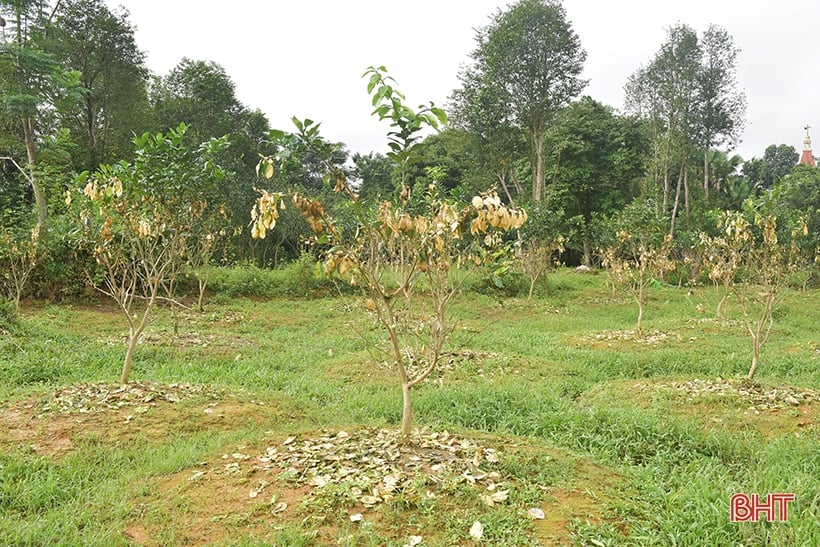
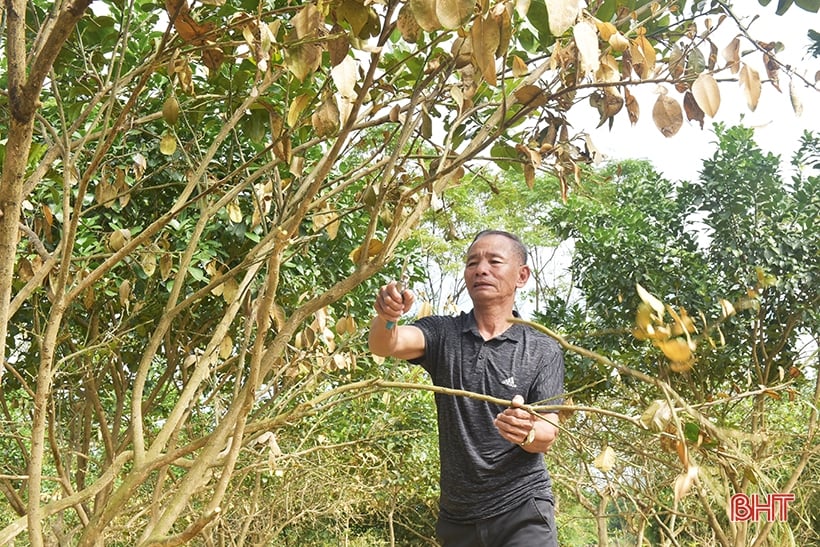
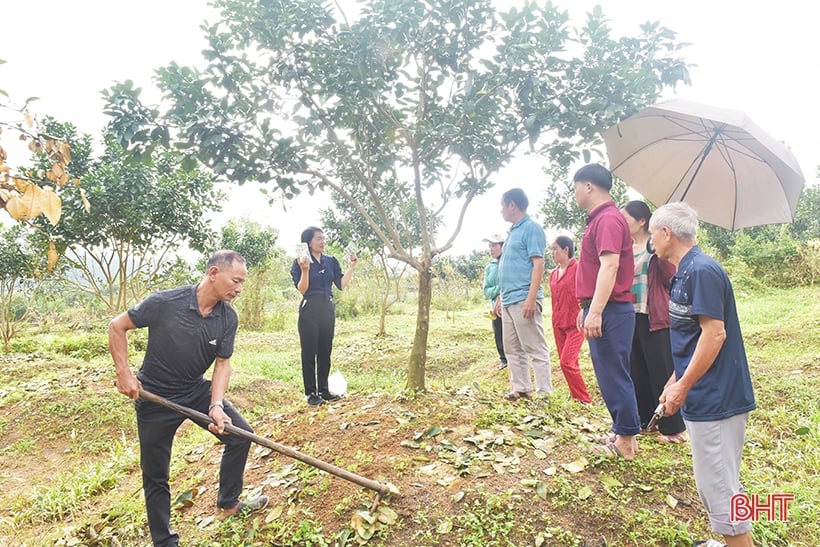
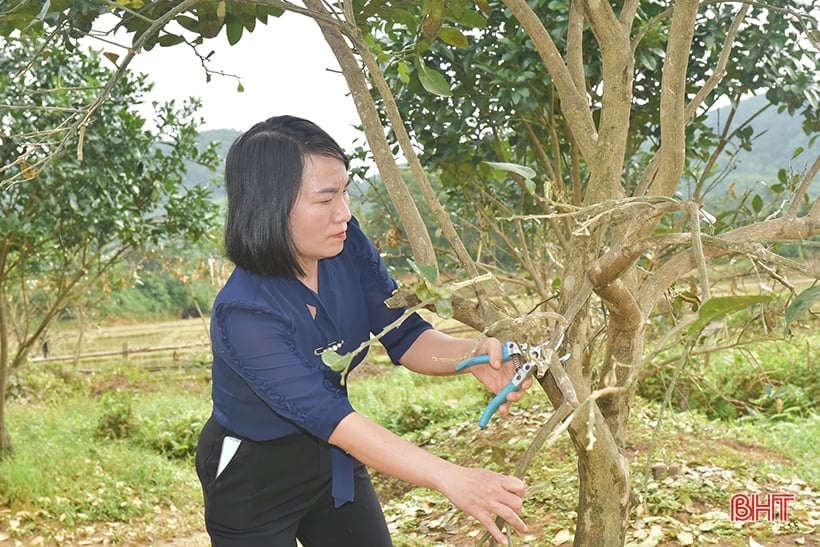
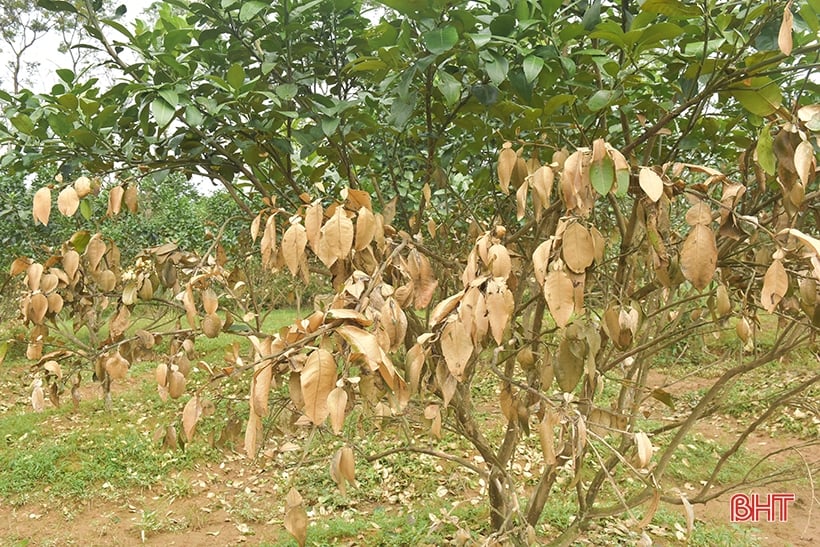
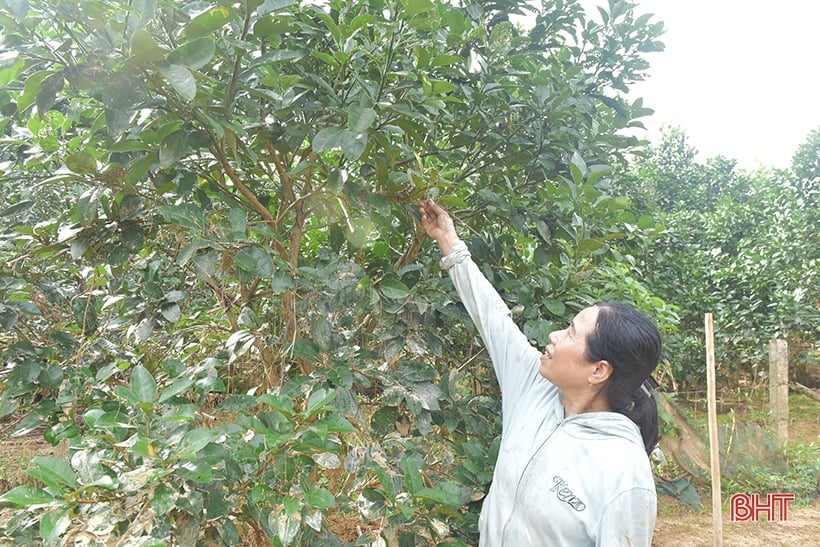
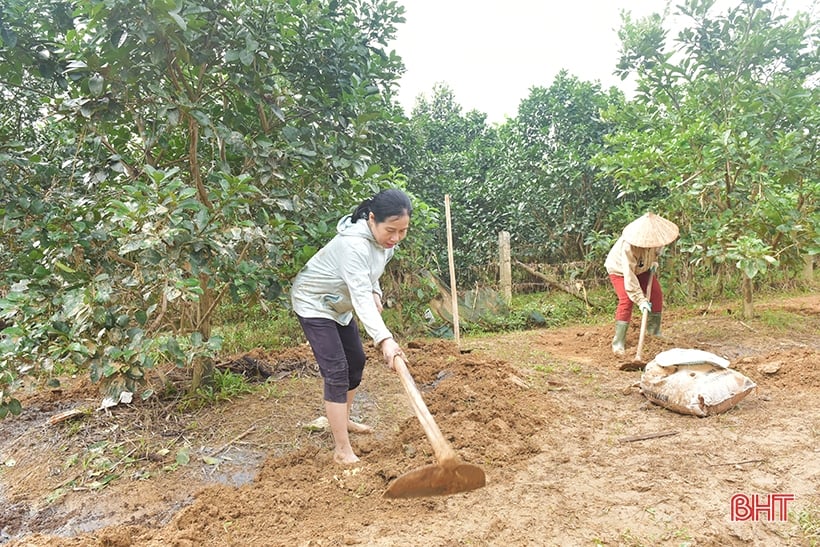


![[Photo] General Secretary To Lam arrives in Minsk, begins state visit to Belarus](https://vphoto.vietnam.vn/thumb/1200x675/vietnam/resource/IMAGE/2025/5/11/76602f587468437f8b5b7104495f444d)

![[Photo] General Secretary To Lam meets and expresses gratitude to Vietnam's Belarusian friends](https://vphoto.vietnam.vn/thumb/1200x675/vietnam/resource/IMAGE/2025/5/11/c515ee2054c54a87aa8a7cb520f2fa6e)
![[Photo] General Secretary To Lam concludes visit to Russia, departs for Belarus](https://vphoto.vietnam.vn/thumb/1200x675/vietnam/resource/IMAGE/2025/5/11/0acf1081a95e4b1d9886c67fdafd95ed)
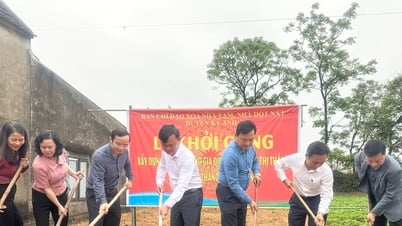



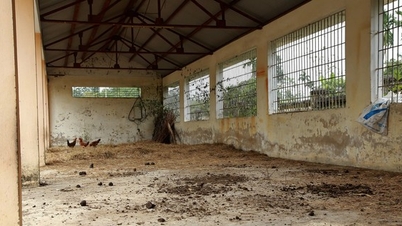






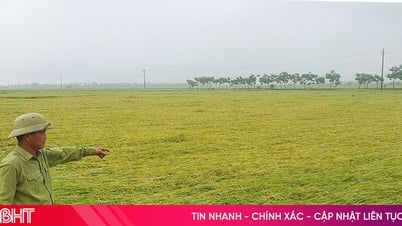

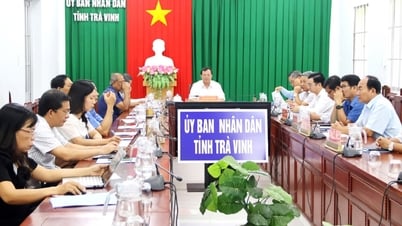










![[Photo] National Assembly Chairman Tran Thanh Man attends the Party Congress of the Committee for Culture and Social Affairs](https://vphoto.vietnam.vn/thumb/1200x675/vietnam/resource/IMAGE/2025/5/11/f5ed02beb9404bca998a08b34ef255a6)














































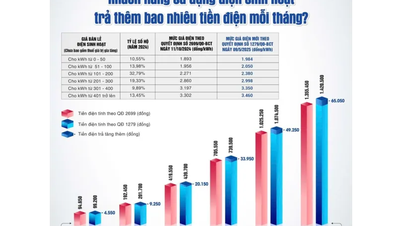





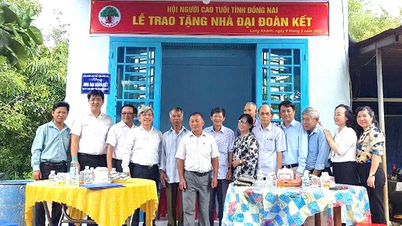







Comment (0)